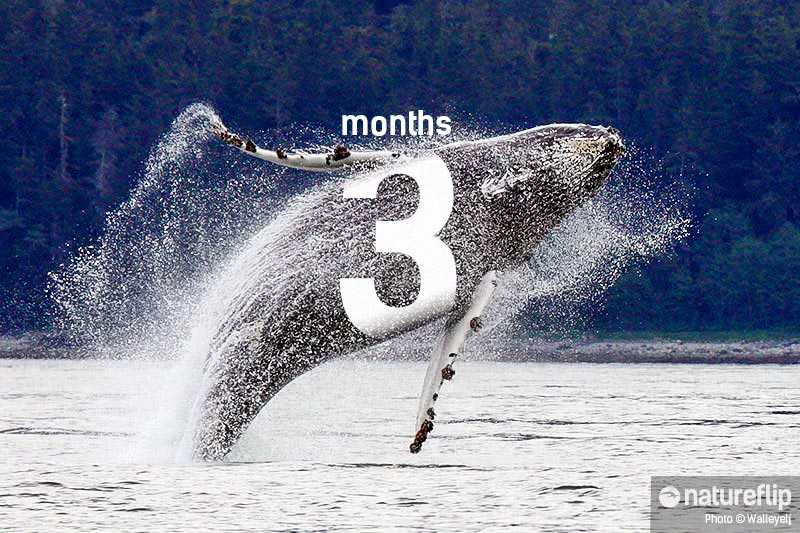Last Meal 3 Months Ago

There’s a lot we still don’t know about whale migration, but what we do know is that they can swim for up to three months without eating.
Whales move towards the poles in the summer, aiming for the better, more nutrient-rich food supplies these waters offer. This intense period of feeding helps them to store energy in the form of blubber to be used during the winter period. During this time, they head for warmer climes nearer the equator – where the food sources are less rich - either to mate or to give birth to and feed their calves.
A great place to see these magnificent creatures is along the coastlines of Alaska. All whale-watching trips are environmentally responsible and can feature gray whales, orcas (killer whale), humpback whales and beluga whales. If you're interested in gray whale watching, then you could book a day trip on a small cruise ship that also includes marine life and glacier tours in Kenai Fjords National Park.